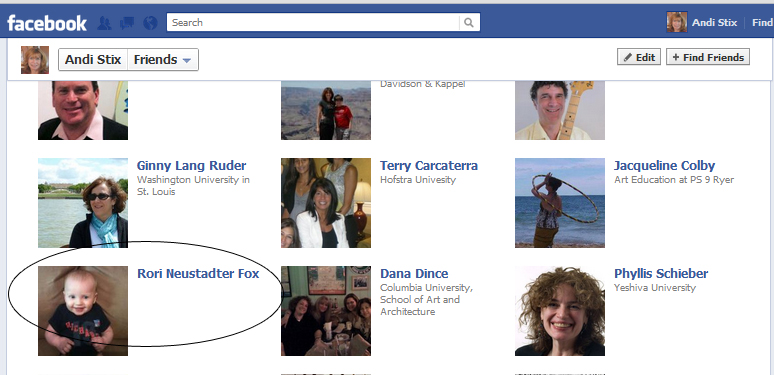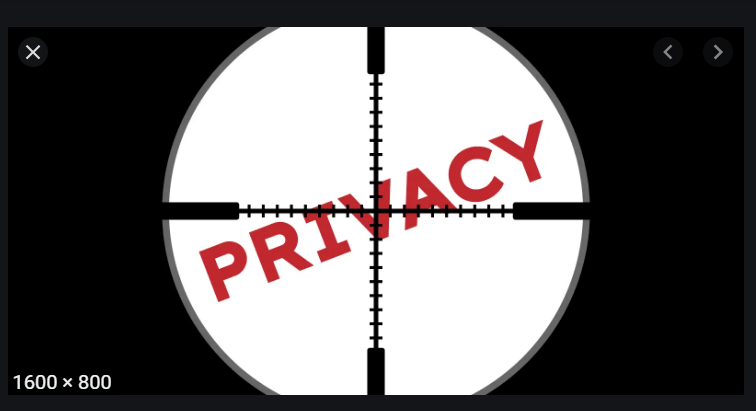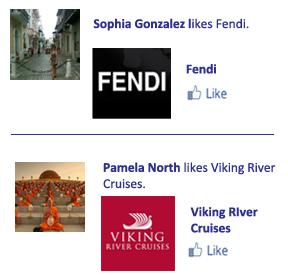With on-line communication transforming the world, many education departments across the country have banned social media in schools for protective measures. Now, districts are readdressing these bans and seeking more effective guidelines. As an educator for more than 35 years, I believe it is time to ask ourselves the following questions:
How can schools:
- protect their students?
- monitor the content of hundreds of teachers’ messages?
- regulate personal versus professional text messaging and/or posts on Facebook/ Twitter/ YouTube, Flickr, etc.?
Previously, school systems banned teacher access to Facebook, Twitter and YouTube from their website portal. Of course, they were concerned with teacher-student relationships that could develop in an unprofessional manner. Even before the advent of social media, there were cases where professional boundaries were crossed, resulting in disciplinary action s.
s.
What also begs for discussion is how teachers’ and students’ words can be used in advertisements without their knowledge, briefly covered in the NYCDOE guidelines Section D, #3c. With the new timeline and format of Facebook, every word is now accountable and traceable. Businesses and schools cannot create a professional page today unless its origin comes from someone’s personal Facebook profile. In my case, I have a personal profile page, Andi Stix, but have professional pages in education that are linked off my personal profile and everything is traceable to me. And so, I am diligent in separating my personal life from my educational consulting.
So, what are school systems to do? Professional Development is key. It is the district’s responsibility to inform staff of the potential dangers to them and to their students of inappropriate use of social media vehicles.
Did you know that everything that is posted on Facebook belongs to Facebook? Many people find this disturbing, but this should come as no surprise. A decade ago, I was interviewed by the Philadelphia Inquirer and the publication held that copyright; so too now with Facebook.
Many principals are currently faced with the responsibility, according to preliminary NYCDOE guidelines, for obtaining permission from parents before posting their children’s work on the internet as well as giving permission to teachers to host Facebook pages, blogs, picture warehouses for photographs, etc. Principals are having peer group discussions with other administrators to understand the ramifications of the guidelines. Some schools are allocating a professional development day for their teachers outlining how social media may impact their school and its image.
At the present time, I’m getting certified in Social Media at Purchase College. As explained by one of my professors, Linda Solomon, “As Facebook goes public, it’s all about profits.” Teachers and students need to be warned that their words can go viral without their knowledge. Companies have figured out a way to capitalize on their content.
Here’s a perfect illustration: Let’s say that you post a message stating that you love your new Fendi bag. Do you know that Facebook can give Fendi permission to use your name in their ads without your knowledge? (When signing up for a Facebook page, you agree to their terms and this is one of them found in the fine print.)
In preparing to train teachers in Social Media and its potential danger, I examined how advertisements were posted on the right-hand side of Facebook, where they have always been located. But here is what surprised me: When I scrolled down the listing of my contacts on my Friends page, I specifically focused on my niece Rori, who posted a picture of her baby, which is circled below:

So, I clicked on her link and these advertisements were found on her page:
Two of my friend’s “likes” were made into advertisements.

When I contacted Sophia Gonzalez and Pam North, they were unaware that their names were being used for commercial purposes by Fendi and Viking River Cruises.
Facebook shared my friends’ interests with companies who then used their names in online advertisements. Then, those companies posted advertisements on all of Sophia’s and Pam’s friends’ Facebook pages who fit the same demographic profile and target their Friend’s Friends. Here’s the process:
- Sophia likes Fendi.
- Fendi buys an ad campaign from Facebook to target friends of Sophia’s who share the same demographic profile.
- Ads show up across Facebook, targeting those people. (me, Andi)
- I click on that ad to view it.
- Now, all of my friends see an ad that Andi likes Fendi.
Moreover, there are other companies besides Facebook, such as Taykey, that analyze post messages in your newsfeed and profile. If Sophia states, “I love my new Fendi bag,” her words can be picked up for potential advertising. Here’s the process:
- Fendi contacts Taykey to find people who like their Fendi bag on Facebook, Twitter, Google, etc.
- Taykey will first place a Facebook ad on those people’s pages and then target their friends who may also show an interest in Fendi.
Therefore, teachers have to be aware of their endorsements as well as anything negative that they have to say, either representing themselves, their schools, or their students. Once something is posted, it lives on the internet FOREVER.
If you take the average number of friends on your profile page, being approximately 140, and multiply the reach of your friends, that could provide companies access to approximately 300,000 per fan. This line of advertising was formulated, according to Erik Qualman’s book Socialnomics, because 90% of people trust their friends’ recommendations as opposed to 14% of advertisements.
So what does this mean for school systems?
Strict guidelines must not only be disseminated but also be discussed in detail by all schools. Each and every word that is written can either boost a school’s image or destroy it. Teachers need to be aware of how public their messages and their students’ work can become. Based on the new preliminary guidelines, the arduous task of monitoring social media falls on the supervisors.
Am I fan of social media? Yes. I’ve run professional development for 20 years. And this is a new stage of interaction. The opportunity to do that which was unimaginable has finally arrived where students’ works and ideas can be shared globally with such ease.
In the past few decades, we learned that the quality of students’ writing is so vastly different when it is only read by one’s teacher versus being shared by one’s peers. But now, the opportunity to share work globally is a huge incentive to raise the bar of student achievement, if used properly. However, with the world of social media exploding, teachers need clear boundaries of what is publicly owned, what is professional and what is personal.
So, let’s make sure that we do it right. In order to protect our students, let’s monitor the content and regulate what is private versus public. Let’s get involved and help shape the debate.
![]() What’s your opinion? In what ways can schools offer regulations that will protect their students but allow supervised freedom of speech?
What’s your opinion? In what ways can schools offer regulations that will protect their students but allow supervised freedom of speech?
—————————————
Click here to view NYCDOE’s preliminary social media guidelines.
Andi Stix is an educational consultant & coach who specializes in differentiation, interactive learning, writing across the curriculum, classroom coaching and gifted education. For further information on her specialties or social media, please email her on the Contact page.
(2012) Andi Stix






